Imagine a world where Buddhism became the dominant religion in India, with the majority of the population following the teachings of the Buddha. How would this change the course of history, not just for India, but for the entire world?
In this alternate timeline, the social, political, and cultural landscape of India would be radically different.
The effects of this shift would ripple out far beyond India's borders, influencing global religious exchanges and spreading values of peace and compassion.
Origins and Early Spread
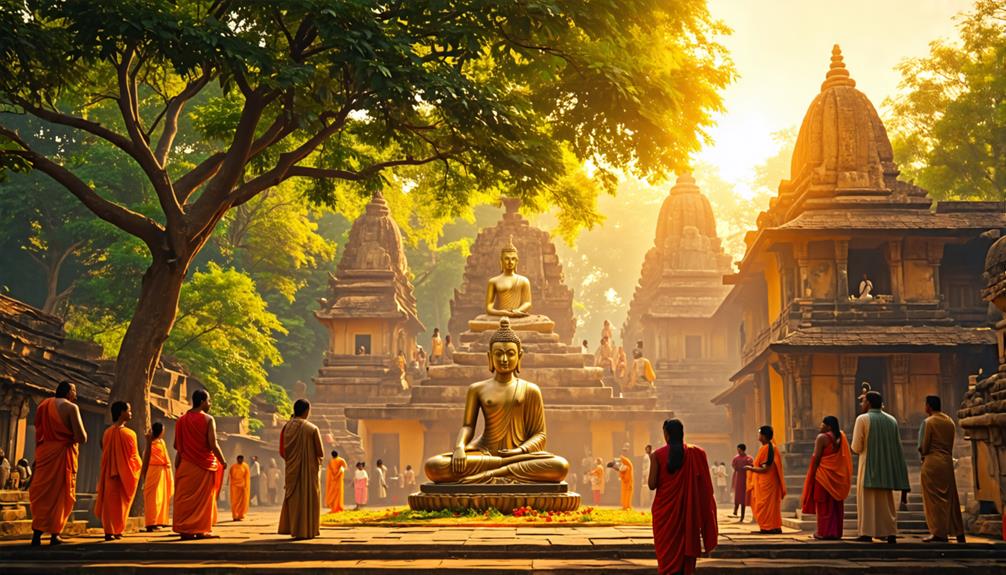
In an alternate history, Buddhism may have taken root in India much later, perhaps during the 3rd century BCE. One theory suggests that without the early influence of the Buddha's teachings, traditional Brahmanical Hinduism could have remained dominant for centuries longer.
It's possible that an alternative spiritual leader might've eventually emerged to challenge the status quo and offer a new path, but the specifics of their teachings and the timing of their emergence are uncertain.
If a similar spiritual movement had arisen at a later date, it could have meant significant changes to the religious and philosophical landscape of ancient India. The spread of Buddhism to other parts of Asia might've been delayed or altered, potentially leading to different cultural and political developments in those regions.
Ultimately, the impact of a later emergence of Buddhism or a similar spiritual tradition would have depended on various factors, including the specific teachings, the charisma of the leader, and the receptiveness of the population to new ideas.
Influence on Social Structure
In this alternate history scenario, Buddhism becoming the dominant religion in India could have significantly altered the social hierarchy and class structure. One theory is that the caste system would have faced challenges, as Buddhist principles emphasize equality among all beings, the potential for spiritual liberation regardless of birth, and the rejection of rigid social stratification.
It's possible this could have meant greater social mobility and reduced discrimination based on caste.
While this specific scenario didn't occur, similar social changes were brought about by other religious and political movements in India's history. For example, in the 20th century, leaders like B. R. Ambedkar, who was born into a lower caste, advocated for the rights of Dalits (formerly known as 'untouchables') and promoted conversion to Buddhism as a means of social emancipation.
Political and Economic Impact
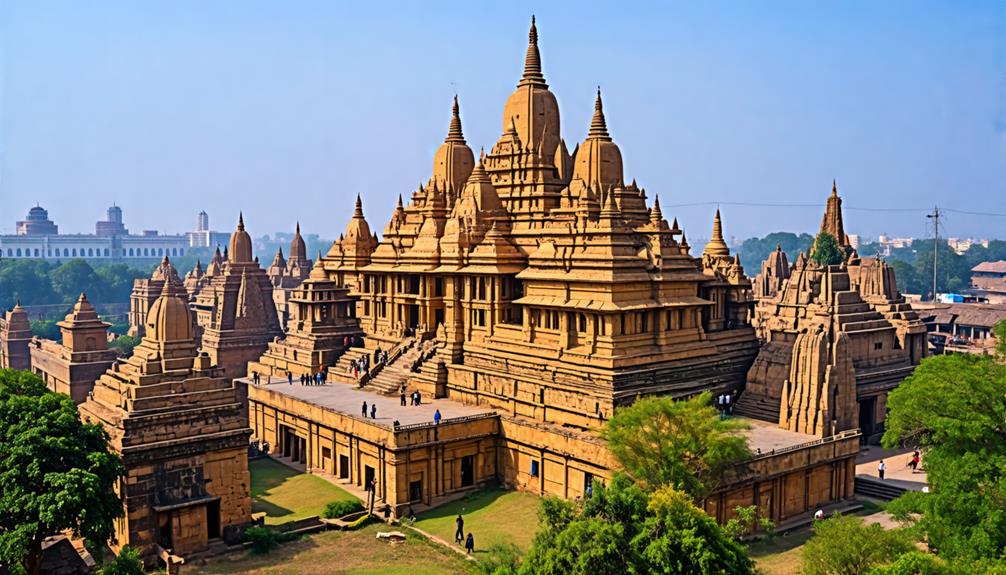
The dominance of Buddhism in India could have led to significant changes in the country's political and economic landscape. One theory is that a more decentralized political system might've emerged, emphasizing local governance and community decision-making.
Economic changes could have included a more equitable distribution of wealth, reduced consumerism, and a focus on sustainable living in harmony with nature, guided by Buddhist principles of non-attachment and simplicity.
It's worth noting that while Buddhism didn't become the dominant religion in India, it later spread and gained significant influence in other parts of Asia, such as China, Japan, and Southeast Asian countries.
In these regions, Buddhism has had varying degrees of impact on political structures, economic practices, and social norms, depending on the specific historical and cultural context of each area.
Art, Architecture, and Literature
In an alternate history where Buddhism had a more profound influence on India's art, architecture, and literature, the cultural landscape would have developed quite differently.
One theory is that Buddhist motifs, such as the wheel of dharma and the Buddha's footprints, would have been more prominently featured in artwork and architecture throughout the country. Additionally, Buddhist scriptures and philosophical works might've become more widely studied and circulated, potentially shaping India's intellectual traditions in significant ways.
While this scenario didn't occur historically, some scholars argue that if Buddhism had remained a dominant force in India, it could have meant changes to the country's social and political structures as well.
For example, the emphasis on non-violence and compassion in Buddhist teachings might've influenced laws and governance. However, it's important to note that this is speculation, and the actual outcomes of such a scenario are difficult to predict with certainty.
Philosophical and Spiritual Development
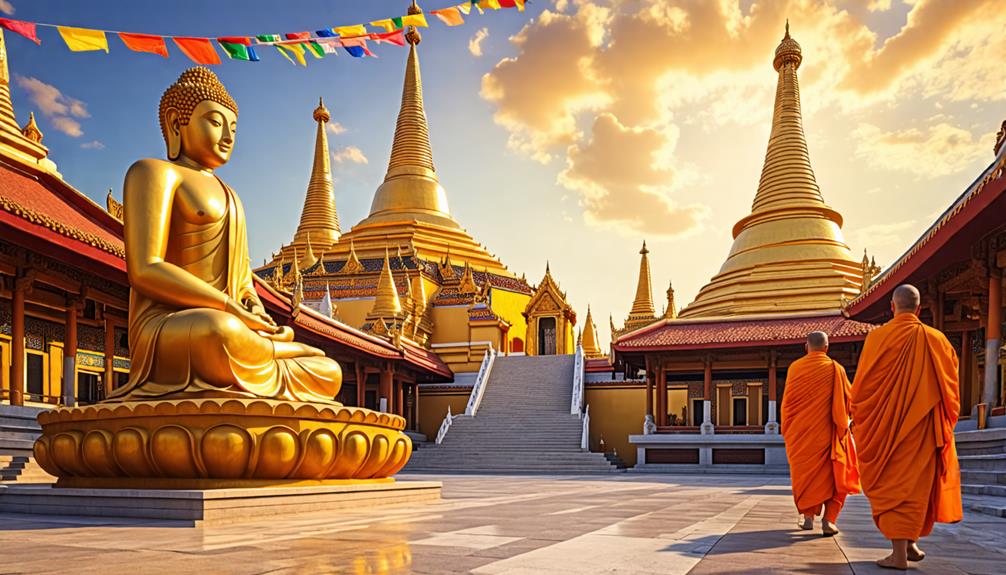
If Buddhism had remained the dominant faith in India, it likely would have profoundly shaped the nation's philosophical and spiritual development. One theory is that practices like meditation, mindfulness, and the pursuit of enlightenment would have become more widespread and central to Indian culture. The Four Noble Truths, which explain suffering and its causes, and the Eightfold Path, a guide to end suffering, may have formed the bedrock of India's spiritual landscape.
Some scholars posit that Buddhist ideas could have led to a greater emphasis on non-violence, compassion, and detachment from worldly desires in Indian society. This might've influenced everything from politics and governance to art and literature. However, it's also possible that other religious and philosophical traditions would have still emerged and competed with Buddhist thought, leading to a diverse and syncretic spiritual milieu.
Interestingly, a similar scenario did occur centuries later when Buddhism spread to other parts of Asia, such as China, Japan, and Southeast Asia. In these regions, Buddhist teachings mixed with local beliefs and customs, creating unique religious and cultural traditions that persist to this day.
Interaction With Other Religions
In an alternative history where Buddhism became the dominant religion in India, it would likely have still interacted with and been influenced by other faiths. One theory is that Buddhist and Hindu concepts would have blended together, creating new syncretic traditions.
It's possible that Buddhism would have incorporated Jain principles like ahimsa (non-violence) into its teachings. Philosophical debates between various Buddhist, Hindu, and Jain schools could have led to further developments in Indian religious thought.
As Buddhism spread, it would probably adapt to local customs while propagating its core doctrines. This might've resulted in the emergence of distinctive Indian Buddhist traditions that mirrored the subcontinent's diverse spiritual landscape.
Centuries later, the Mughal emperor Akbar did attempt to create a syncretic faith called Din-i Ilahi that drew upon Islam, Hinduism, Zoroastrianism, and Christianity, showing the potential for such religious fusion in India's history.
Global Reach and Influence
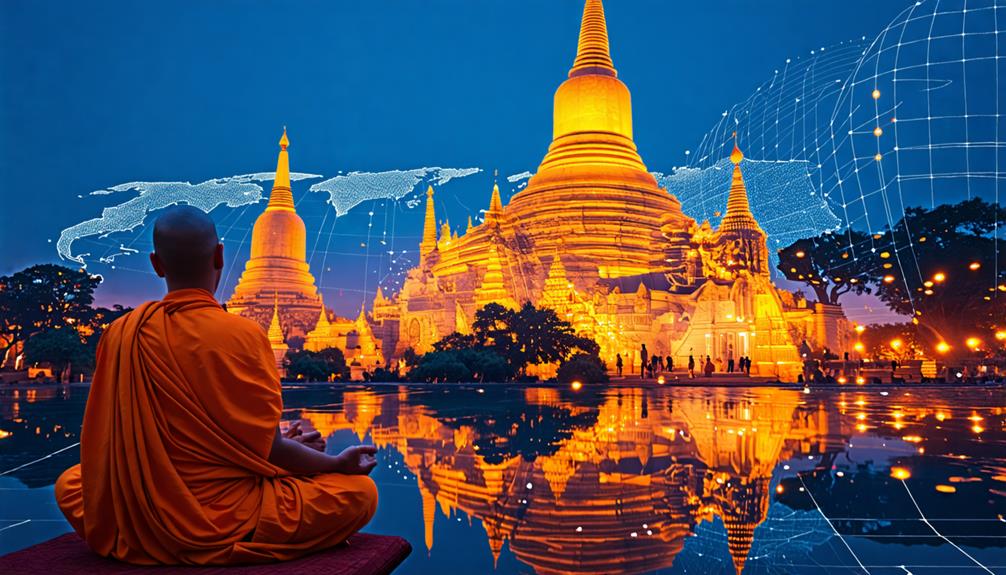
In an alternate timeline, Buddhism's global influence might've led to significant cultural shifts in regions far beyond India. One theory suggests that Buddhist values of compassion and non-violence could have profoundly shaped art, literature, and governance in China and Southeast Asia, potentially altering the course of their histories.
It's possible that a world more deeply influenced by Buddhist thought would have seen different political and social structures emerge.
While this scenario envisions an early spread of Buddhism, the religion did eventually expand globally through the efforts of various teachers and rulers. The reign of Emperor Ashoka in the 3rd century BCE, for example, played a significant role in the spread of Buddhism across Asia.
Ultimately, the impact of a more rapid and extensive spread of Buddhism on world history is a matter of speculation, and readers may draw their own conclusions about the potential consequences of such a development.
Alternate Historical Timeline
In this alternate timeline, a Buddhist-dominated India might've led to a more homogeneous religious landscape across the subcontinent. One theory suggests that this could have resulted in a more unified political structure, potentially reducing conflicts that arose from religious differences in our timeline.
The spread of Buddhism to other parts of Asia might've been accelerated, leading to earlier cultural exchanges and influences on art, architecture, and philosophy. However, it's also possible that other religions, such as Hinduism and later Islam, would have still found ways to coexist or even thrive alongside Buddhism.
Interestingly, a similar scenario did occur in the 3rd century BCE under the reign of Emperor Ashoka, who embraced and spread Buddhism across his vast empire. However, after his death, Buddhism gradually declined in India, while Hinduism and other religions regained prominence.
Conclusion
You've seen how Buddhism as India's dominant faith would've been a game-changer.
From breaking barriers to inspiring art, its ripples would've reached far and wide.
Politics, society, and culture – all would've danced to a different tune.
In this alternate timeline, India's story might've taken a more enlightened path, spreading seeds of compassion across the globe.
One can only wonder how profoundly different our world could've been if history had turned this corner.
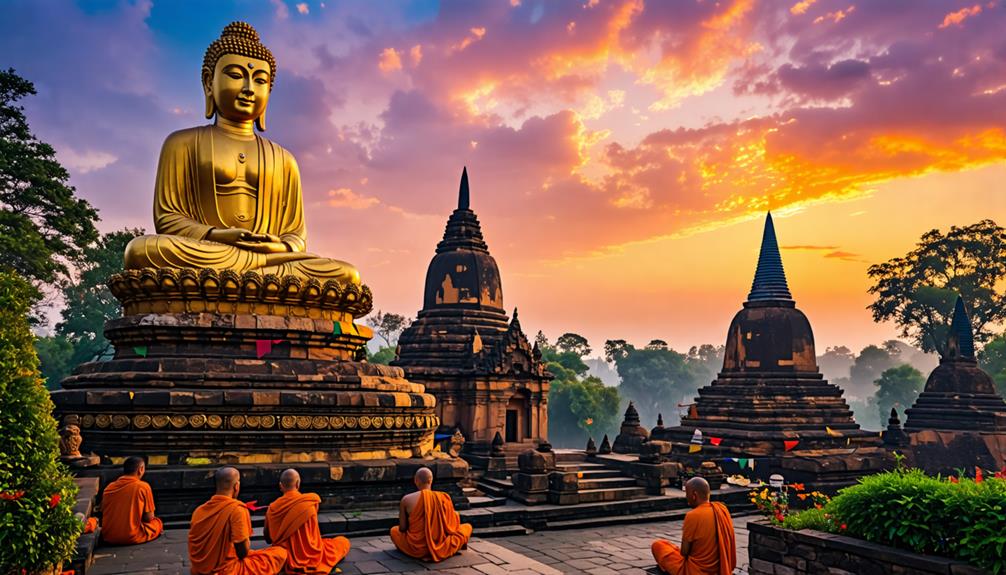
Leave a Reply